Looking to become a professional food stylist? Wondering what equipment you’ll need? Check out our essential food styling equipment list and you’ll never look on a food photo with such innocent (or hungry) eyes again!
Perhaps because most professional food stylists are not oversized man-babies still living with their mothers, food styling equipment doesn’t seem to attract the same kind of geeky cock-jostling that photography gear so often arouses. Indeed, to the uninitiated, it often comes as a revelation to discover just how much stuff there is on the average food stylist’s equipment list (don’t tell the gear-geeks, they’ll start a Flickr group!). Surely you just need a big serving-spoon and a decent apron, no?
Not exactly.
Even more surprising – for those not in the know – are the exact kinds of things that make it onto a food stylist’s equipment list. Knives and graters are all pretty self-evident, but what’s that acrylic spray for? And who’s going to eat the foam board?
A professional food stylist needs to be prepared for every eventuality; every egotistical photographer’s “creative” vision; every dumbass client’s stubborn whim; every junior art director’s ludicrous brief. First and foremost, this simply means being able to cook up great looking dishes. But it also means being able to fake it: fake the heat, fake the steam, fake the succulence, fake the freshness.
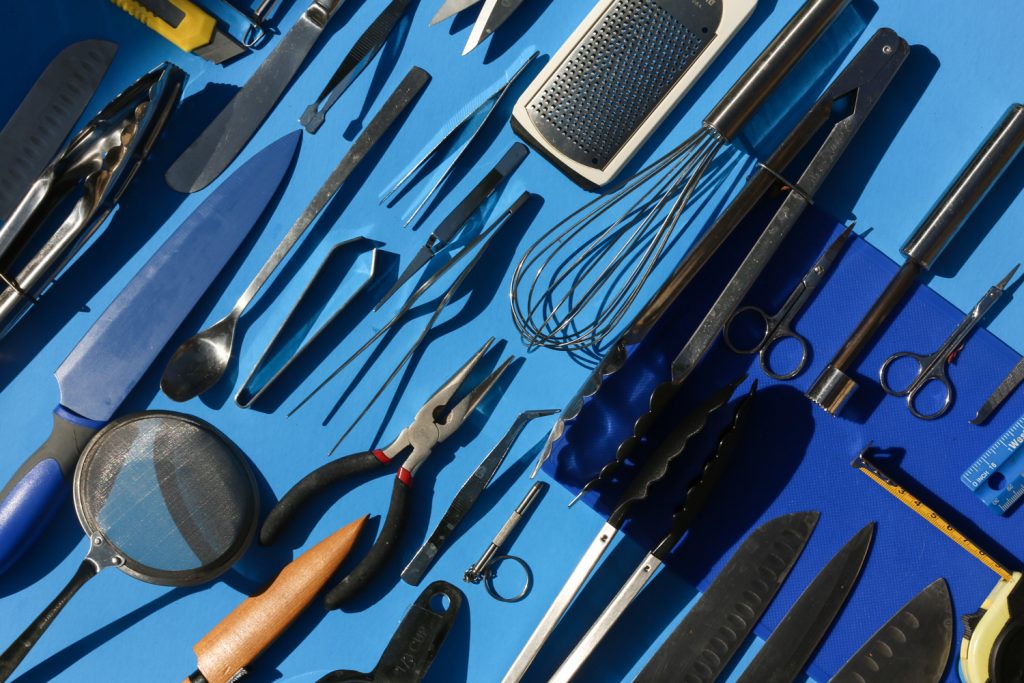
The Doctor will see you now…
Falling somewhere between an artist’s studio, a surgeon’s operating theater, and the contents of a garden shed, a food stylist’s equipment list contains everything a professional food stylist might need to get the dish looking its absolute best. Even if, in reality, tucking into the dish would likely result in a trip to the local emergency ward and an expensive bill for reconstructive dental work.
While even a total beginner can figure out that they need to include a few decent knives on their food styling equipment list, not all of the items in a professional food stylist’s kitbag are quite so self-explanatory. What follows here, then, is not only a list of essential food styling equipment, but also a description of some of the ways in which a professional food stylist might put each item to use on set.
We warn you though, you should look away now if you want to retain any faith in the “delicious” food you see in photographs.
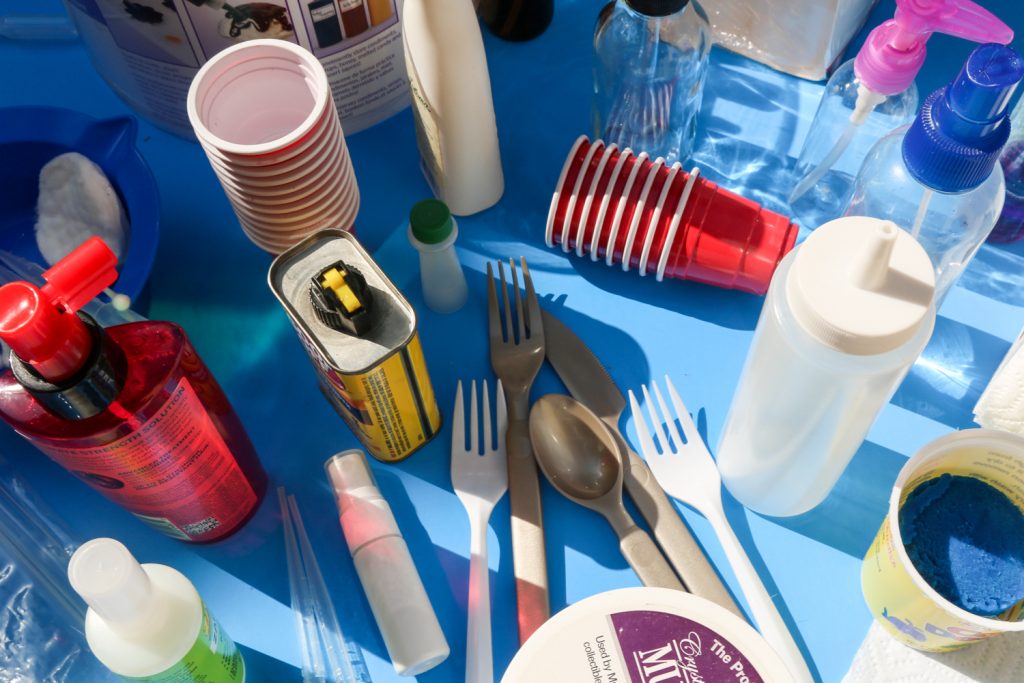
What’s in a food stylist’s kit bag?
The Definitive Food Styling Equipment Check-List for Professional Food Stylists
Electric Charcoal Starter
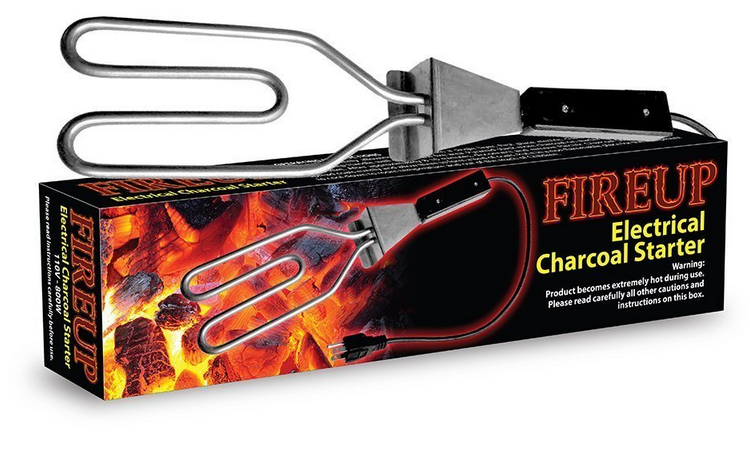
Remember this trick next time you’re salivating over a photo of juicy “flame-grilled” burgers: they’re probably stone cold and have just been singed with an electric cattle-prod
There’s nothing like succulent meat and seafood fresh from the charcoal grill, right?
Well, apart from meat and seafood that’s been decoratively seared with precision burn marks using this electrical device to give it the appearance of having come straight from the grill.
Butane Torch
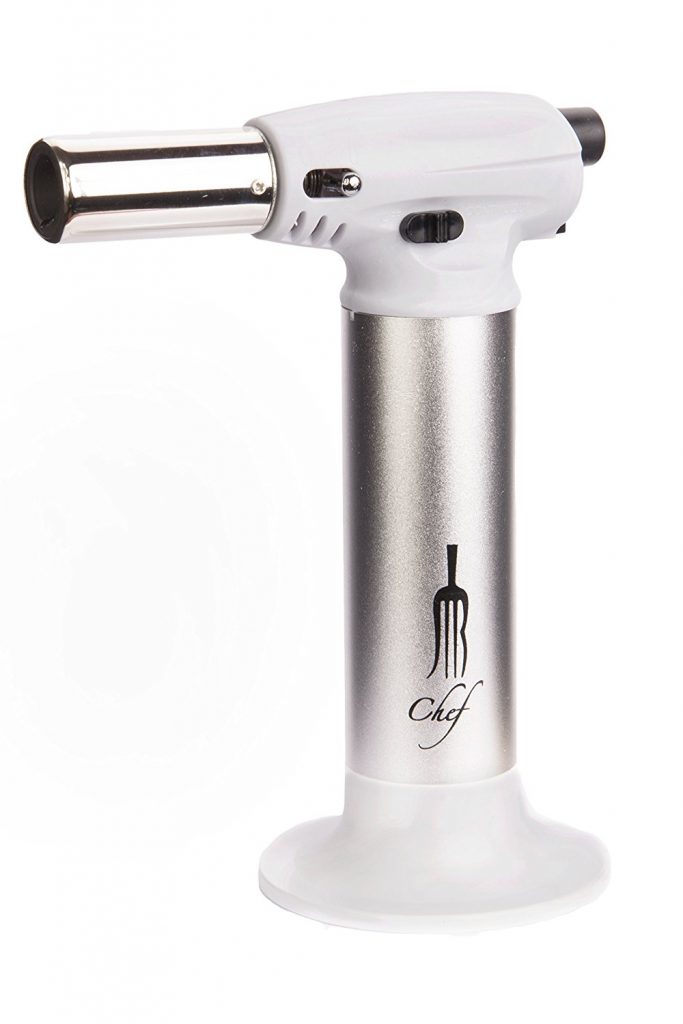
Yet more pyrotechnic food styling trickery
A butane torch is a handy tool to have on set when a particular dish calls for some more general searing and burning effects than the charcoal starter above can provide.
Brushes
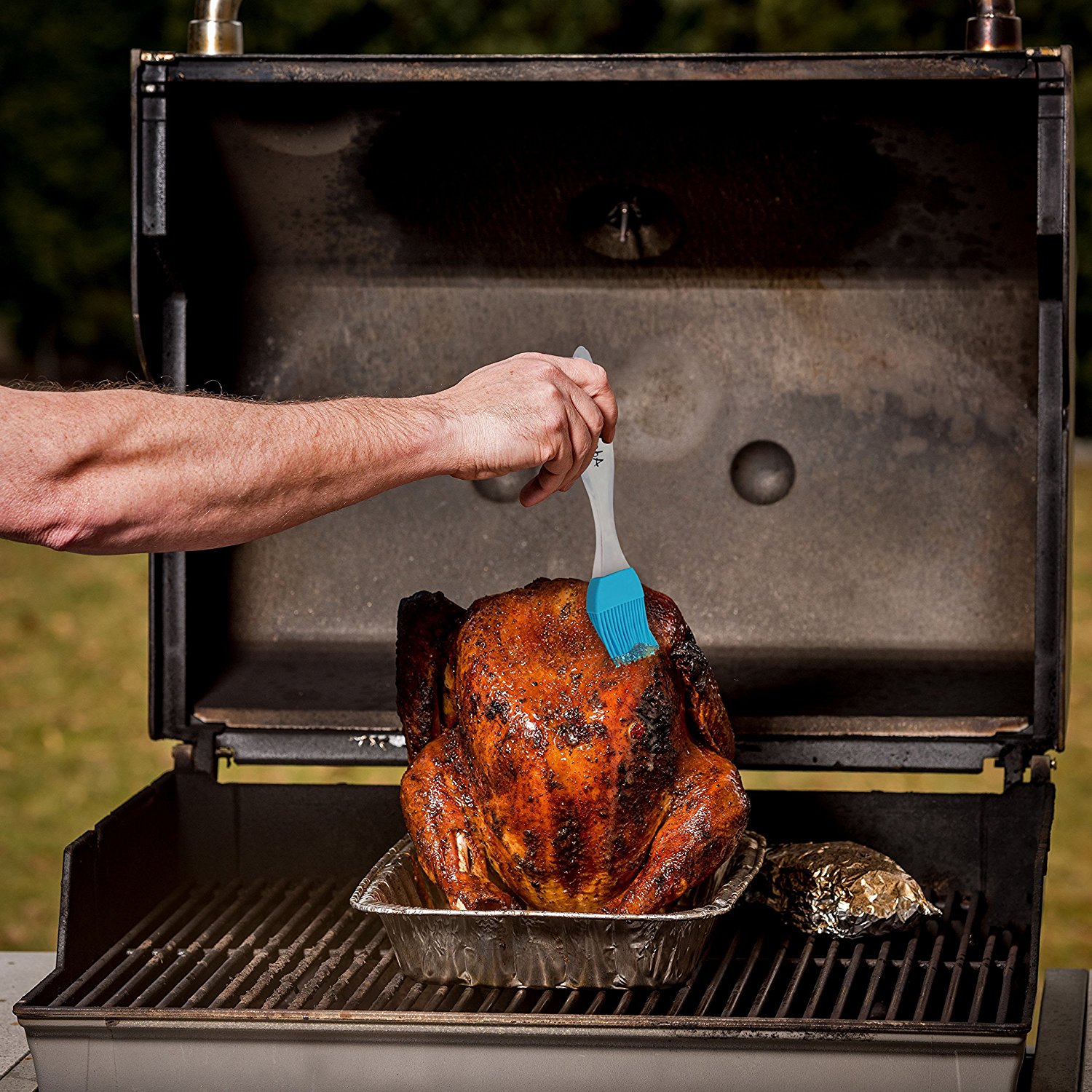
An interesting example of Photoshop-fail courtesy of this Amazon product listing
Used for applying liquids and semi-liquids to foods and touching up specific areas of a dish. Meat looking dry and unappetizing? Carefully paint on a little oil and it’ll soon regain its vitality.
If you’re really talented, you might even paint on an entire arm, as in the photo above.
Although the brush above is specifically designed for food, and is fine for slapping on a bit of oil, it wouldn’t be of any use for precision retouching work. For touch-up jobs you’ll need to go for finer-tipped artist’s brushes. You’ll want a few of these, in various shapes and sizes.
While you probably don’t need to be as picky as landscape painters with their sable-tipped brushes, bear in mind that a cheap brush shedding bristles everywhere will create more problems than it fixes.
Tongs and Tweezers
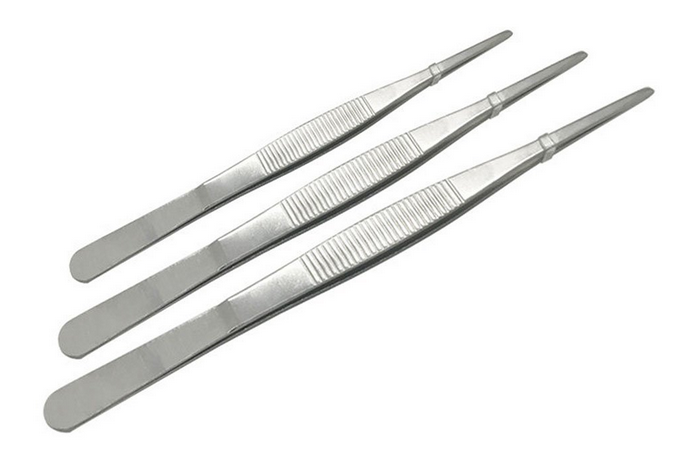
Tweezers are essential for precision work
Haphazardly arranged herbal garnishes? Casually thrown-on bits of garden cress? Randomly scattered nuts and berries?
Yeah right. It’s more likely that they’ve been calculatingly and painstakingly put there one-by-one using tweezers.
You’ll probably want to invest in a few different sizes.
Ruler
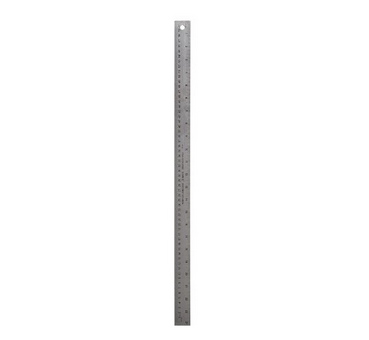
Believe it or not, this is what a ruler looks like
The photographer wants to know exactly where you’re going to place all those delicate decorative details with your tweezers? Measure it.
Tape Measure
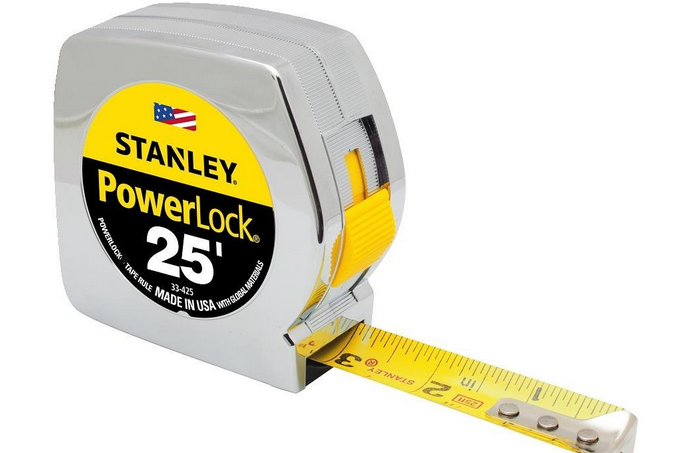
A long bendy ruler; otherwise known as a measuring tape
Idem
Kitchen Knives
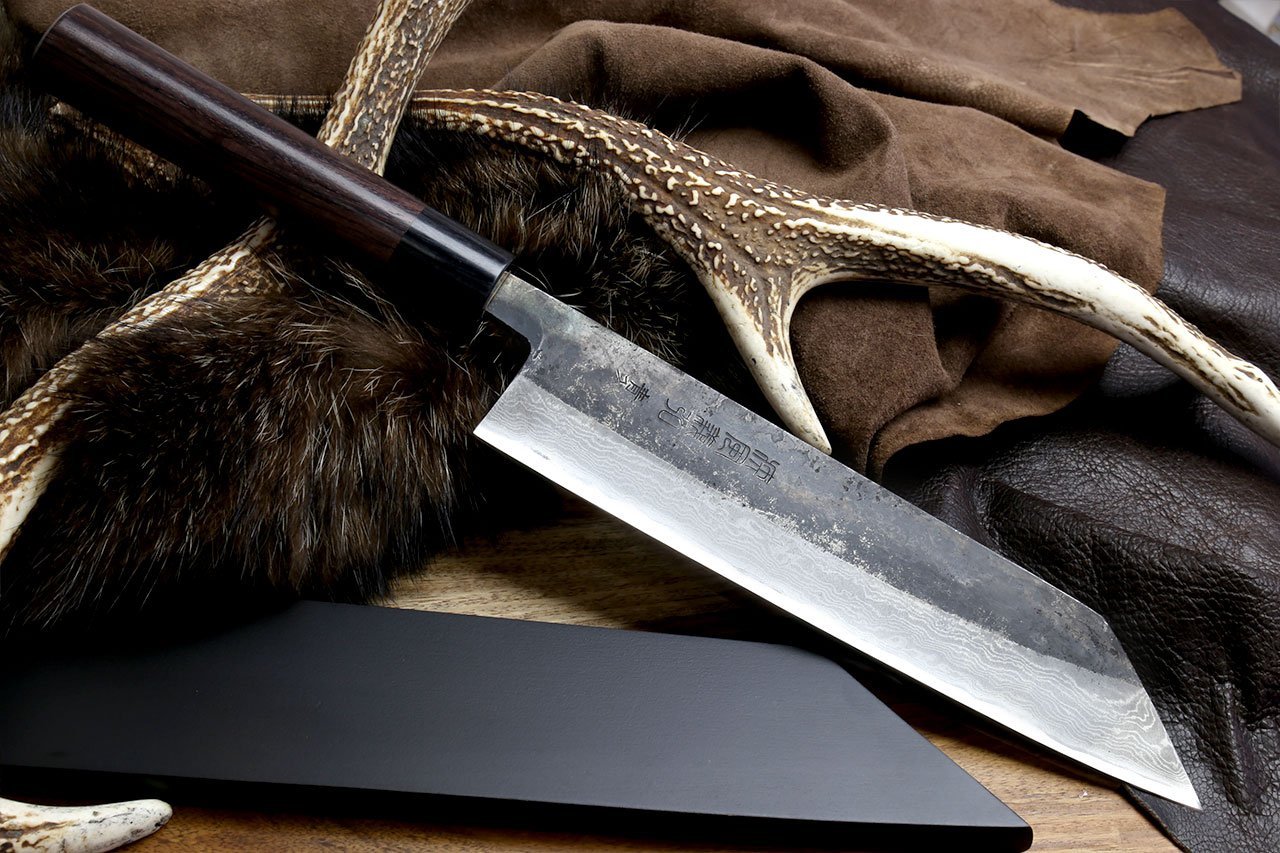
No professional food styling equipment list would be complete without a top quality pair of antlers
Cutting, chopping, slicing, chiffonading, peeling…defending your corner of studio space from hungry crew members.
Utility Knife

This is just one of those things everyone should have on set, no matter what job they do.
X-Acto Knives
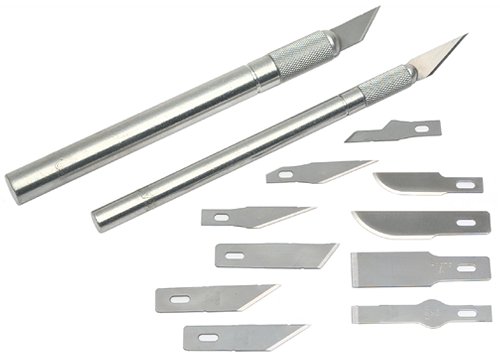
Food stylists like steel, apparently
For various types of precision cuts and carving. Make sure you get a bunch of different blades/tips.
Stainless Steel Spatula

That’s a relief: finally something obviously food-related. Still steel though.
You’ll need it for cooking on set, or serving/placing food that you brought with you.
Scissors
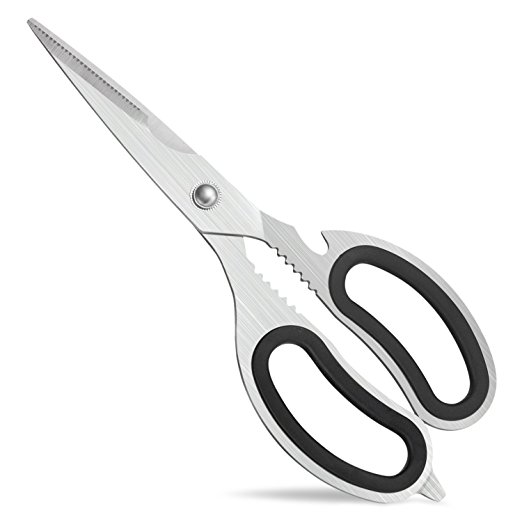
Opening packets, chopping herbs…trimming your toenails when you think nobody is looking
Trimming, cutting, opening things. If you can’t imagine why a professional food stylist would want to pack a good pair of scissors you might to reconsider whether this is in fact the right profession for you.
Fine Point Scissors
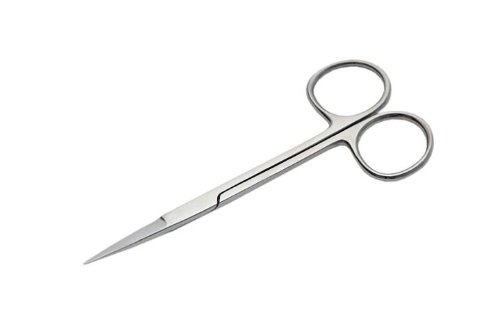
There’s always something that needs snipping or unpicking.
Wire

Yes, more steel, but much more importantly “Master of Clouds”!
Limp vegetables won’t stand up on their own? A little wire hidden inside/behind will provide all the extra support they need.
Just don’t let the studio intern dig into the dish after you’re done shooting!
Pliers

Yeah, OK, we’re doing it on purpose now
What? Surely you weren’t going to try to cut the wire with scissors!
Toothpicks and Skewers
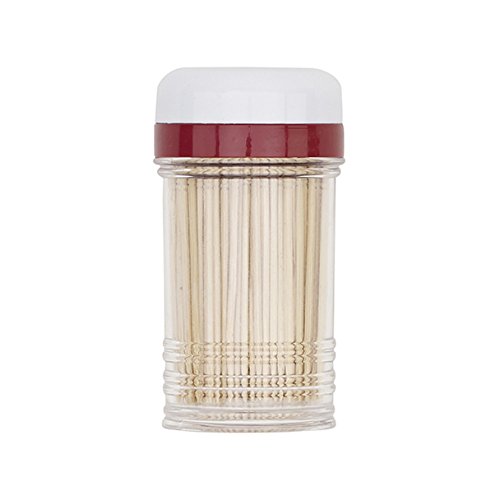
Amazon actually does sell steel toothpicks, but that’s not what’s required here
Handy for holding things together, adding extra support, and connecting small elements.
Cotton Pads
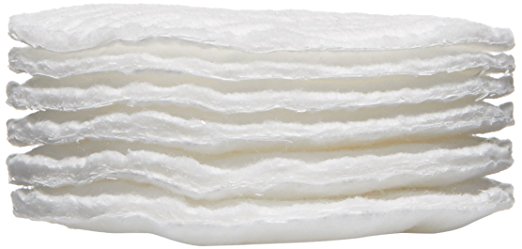
100% steel-free cotton pads
Used for touch-up work.
Spray Bottle
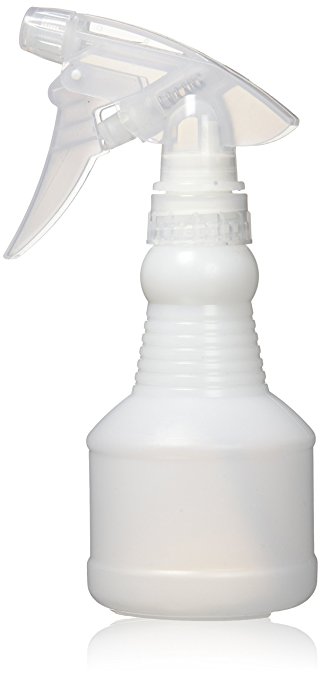
No steel, but no serious Photoshop fail either
An essential item for giving ingredients a quick refresh, or applying various chemical agents to food.
Glycerine

This is used for adding a nice glossy shine to food, or creating a fake frosted effect on glass. Dilute 50/50 with water for droplets that stick.
Dulling Spray
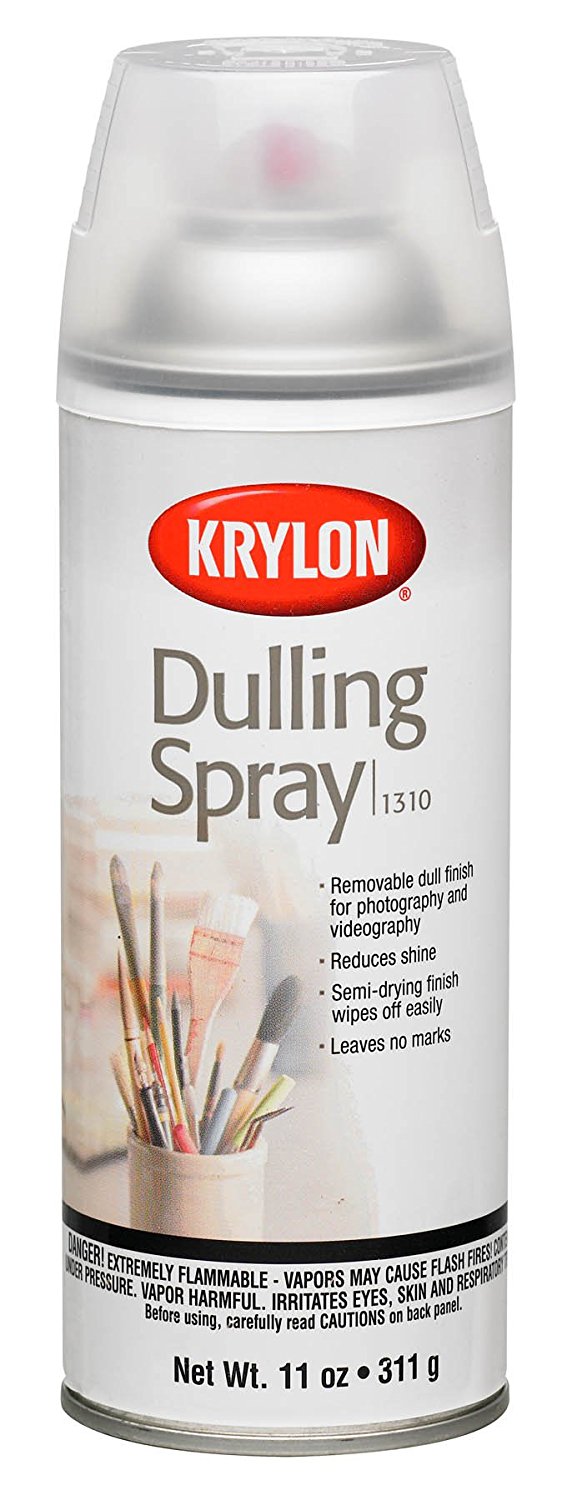
Yep, pretty dull alright
Also used to create a frosting effect.
Crystal Clear Acrylic Spray
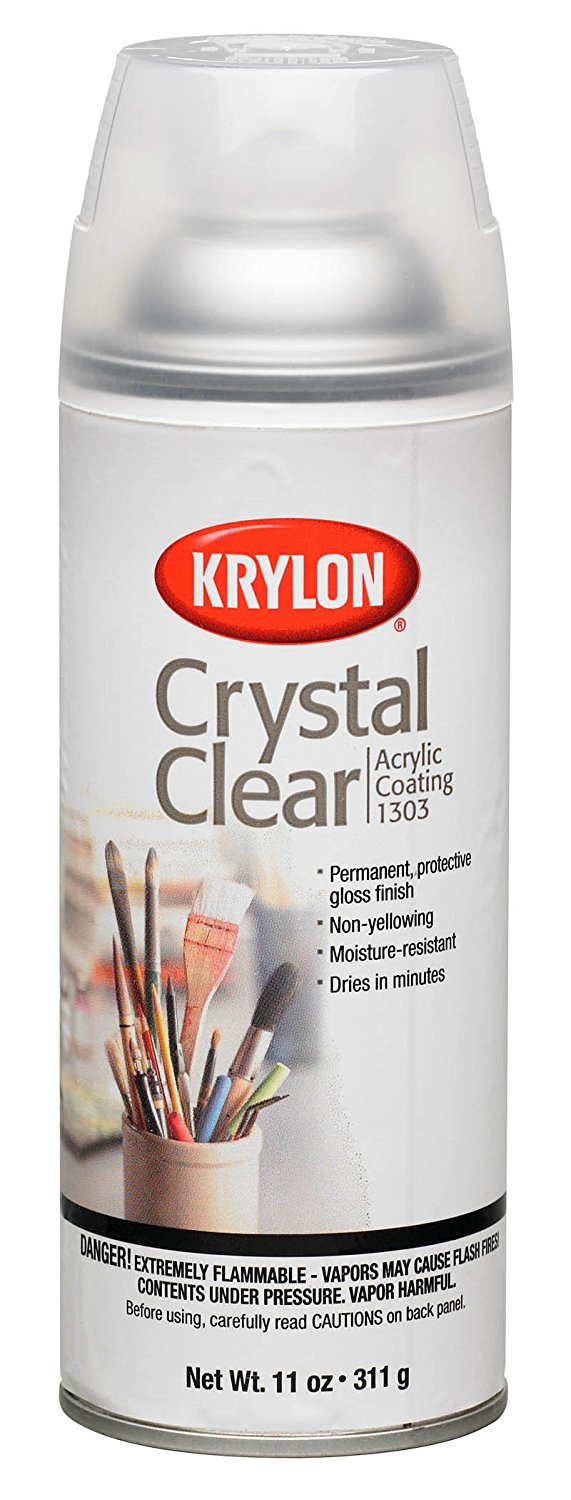
Tasty!
This acrylic spray is commonly used for adding a waterproof coating to foods so that they don’t sag or collapse on contact with liquids.
Hand Steamer
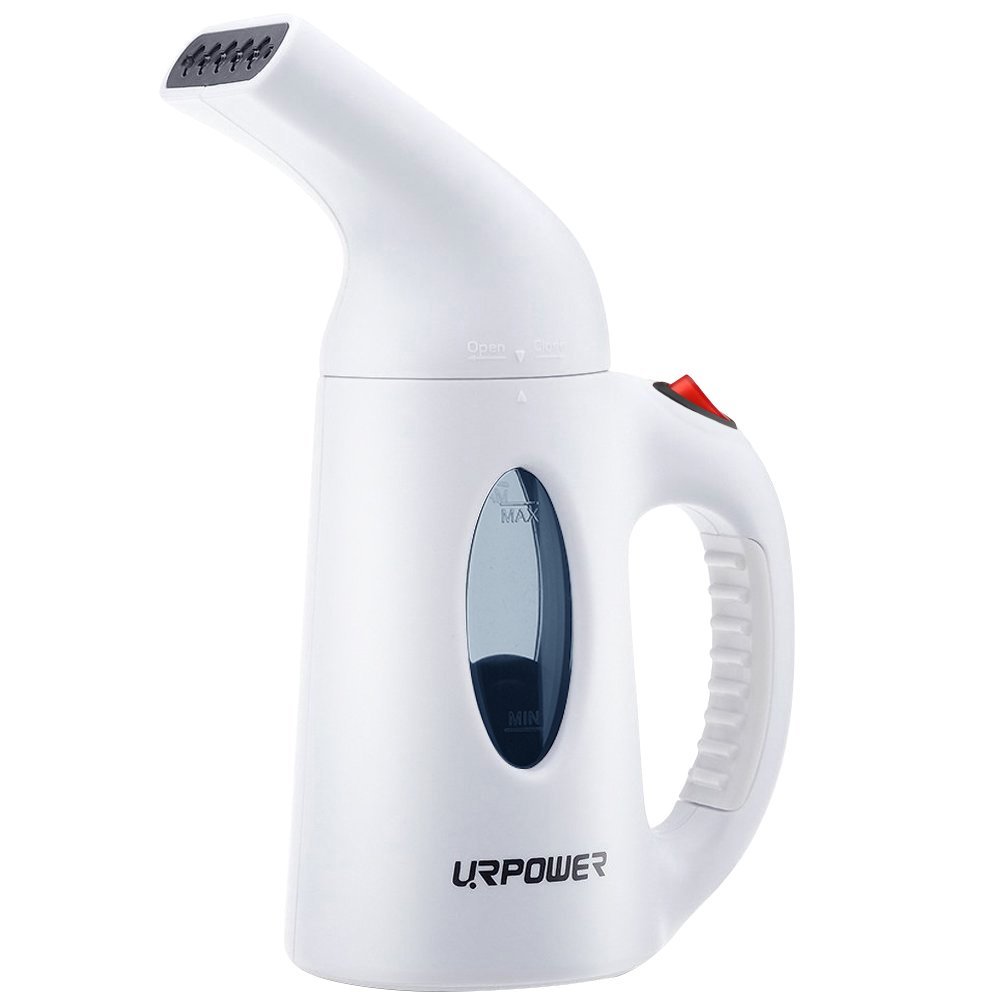
A hand steamer. Not actually for steaming hands
Fresh out the oven and scalding hot? No, baked yesterday and pumped with steam using one of these gadgets.
Gaffer Tape
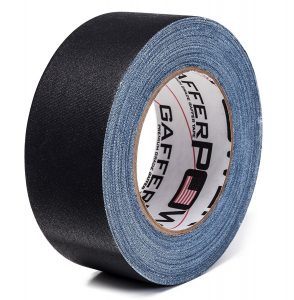
Can be used for connecting elements together and securing stuff. Just another one of those things that’s always useful to have around.
Masking Tape
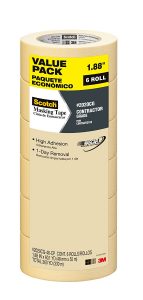
Freshly-cooked food won’t stay looking that way for long, so you won’t want to serve it up until the photographer is fully ready to go. But in the meantime there are the lights to set up and the composition to decide upon.
Use a stand-in dish and mark the precise position out using masking tape. Then, when the photographer gives the all-clear to shoot, you can make a last minute switch with the real thing.
Wooden Blocks
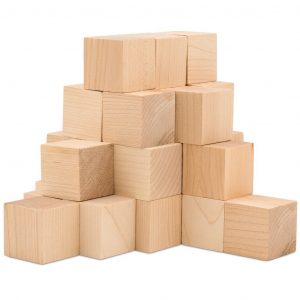
Similarly, these are used for marking out space and positions on set. Can also be handy for propping up items. They don’t need to be beautiful, so either buy some perfect ready-made wooden cubes like the ones above, or just roughly chop out a few pieces yourself from some wood off-cuts .
Cardboard/Foam Board
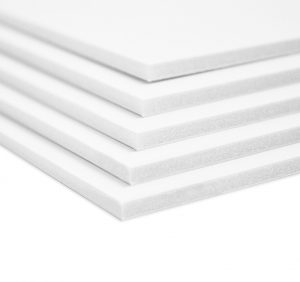
Used for adding a little space and volume to dishes. For example, if you’re having difficulty getting all the elements of a sandwich fully visible, cut out a custom-sized piece of foam board and insert it between the meat and lettuce, and suddenly all will be clear to view.
Foam Shapes
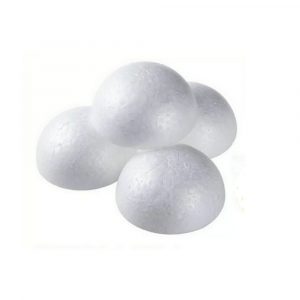
It’s good to have a selection of different sized foam domes and other shapes at hand in case you need to add extra mass and volume to a dish. For example it can be placed under a salad to give the impression that there’s a lot more on the dish than is really the case.
Small Utility Bowls
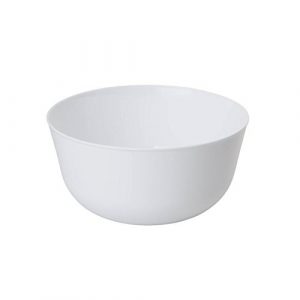
Primarily used to mix stuff up in, but can also be used to fill space in liquid dishes.
Cotton Swabs
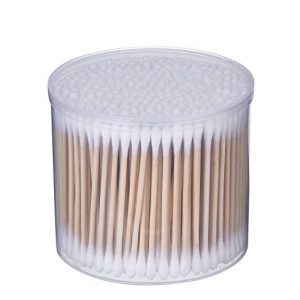
Q-tips are often used for touch up and detail work.
Cosmetic Wedges
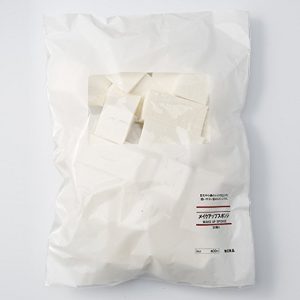
See Q-Tips above.
Chopsticks
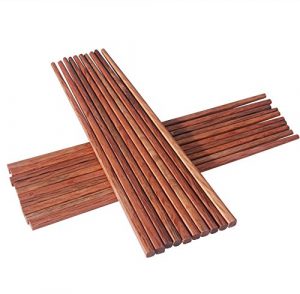
Likewise.
Grater
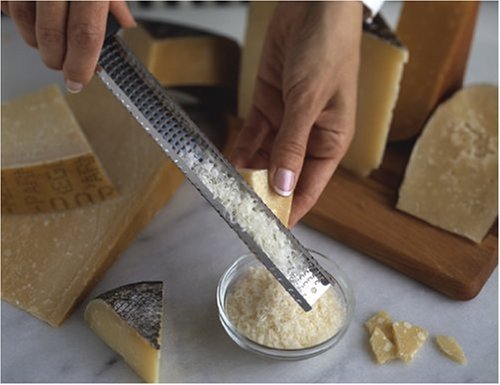
No mystery here: use it for grating or shredding decorative details and garnishes. And preferably not your fingers.
Squeezy Bottles
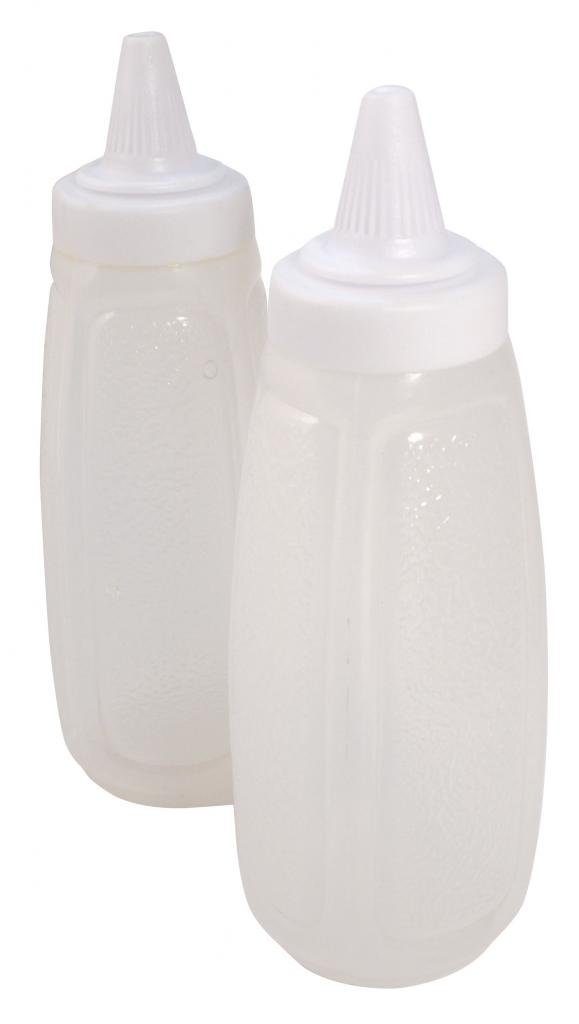
Used for dispensing liquids and semi-liquids, and for creating squeeze patterns and drop effects. Make sure to get several different sized tips.
Eye Droppers
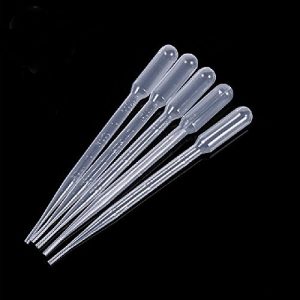
Eye-droppers. Not actually for dropping eyes
Also used for creating droplet effects. Again, you’ll need a few different sized droppers in order to be prepared for all situations.
Peelers
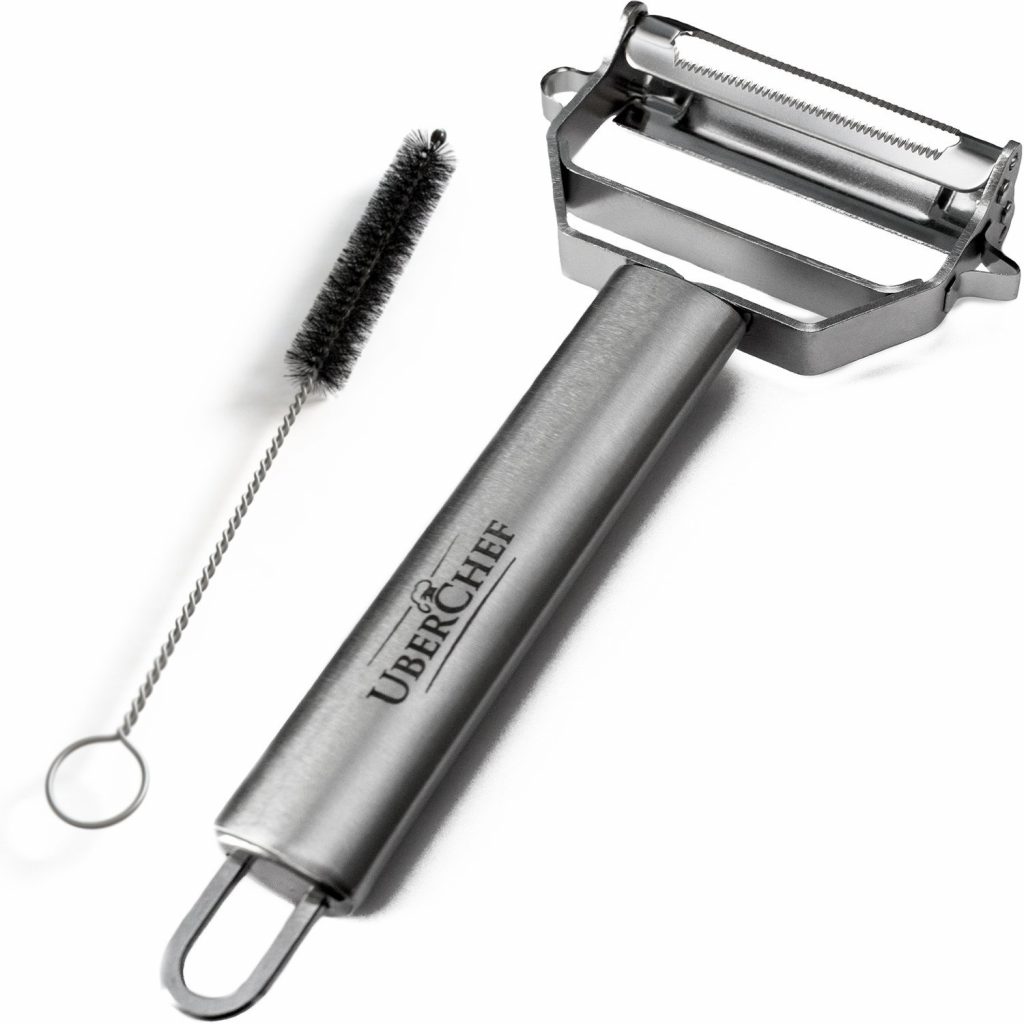
Used for creating slices and making various cuts. Similarly, you’ll need to have a few different types and sizes.
Japanese Benriner Mandoline
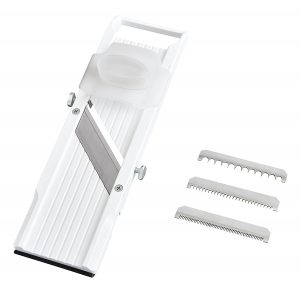
A Japanese mandolin: not the kind they play in Italy
Also used for creating thin slices and making specialized cuts.
Portable Propane Stove
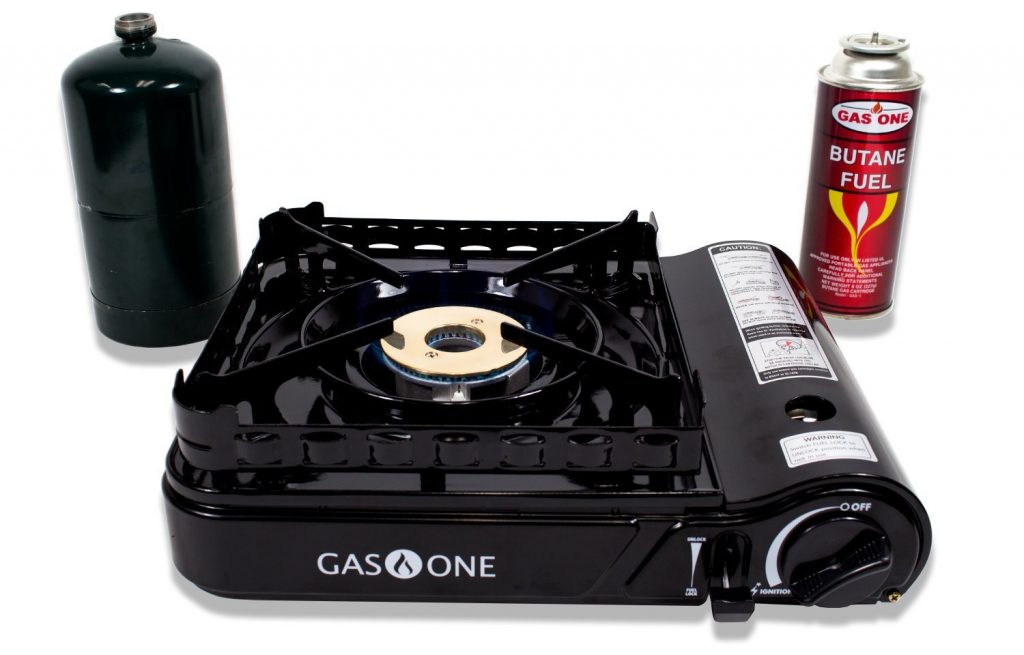
Essential for quick cooking or touch-up work when shooting on location or in a studio that has no kitchen of its own. For example, in TV studios before the morning show.
Soy Sauce
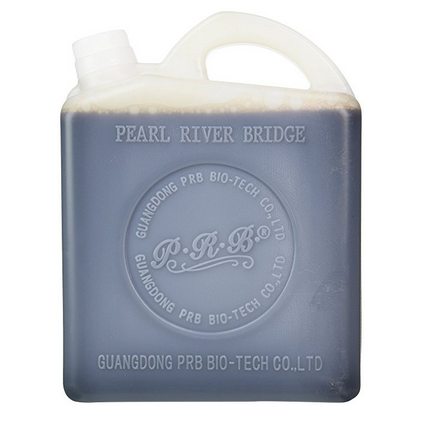
Coffee break? Just don’t touch the one in the shot, it’s probably soy-sauce. Also used for adding a browning effect to foods.
Molasses
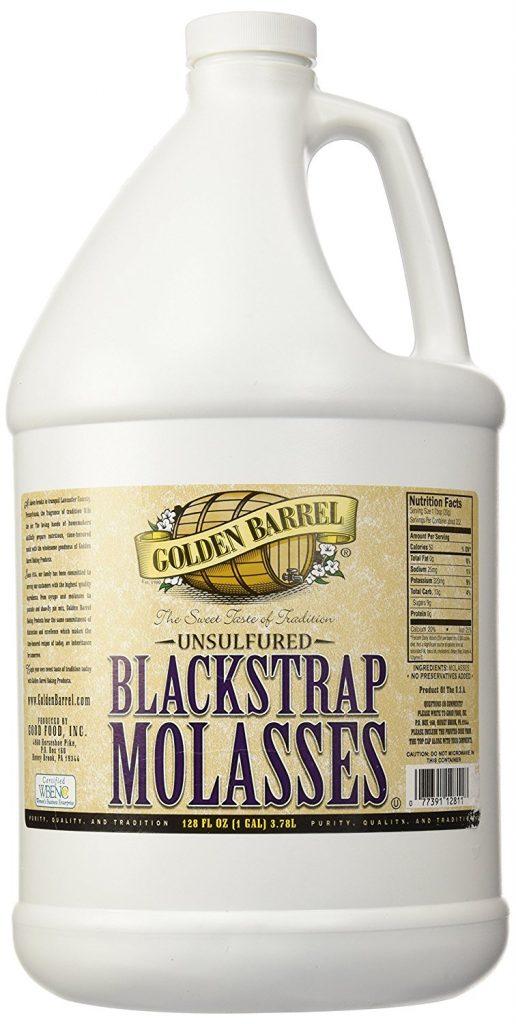
Used to create fake caramelization.
Baking Soda
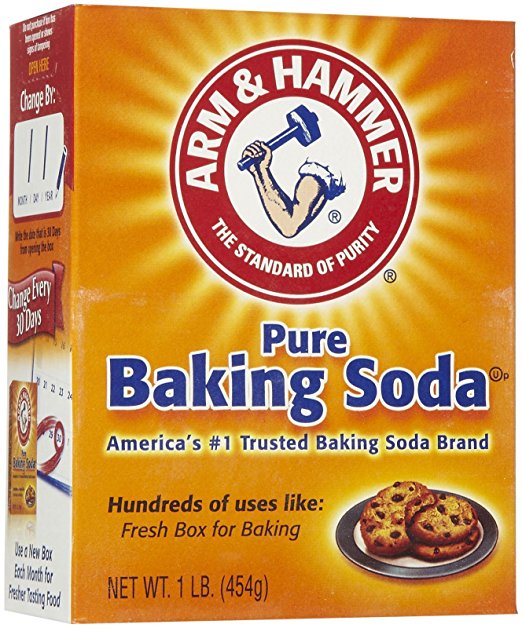
Handy for absorbing moisture or faking powdery foods.
Small Sifters
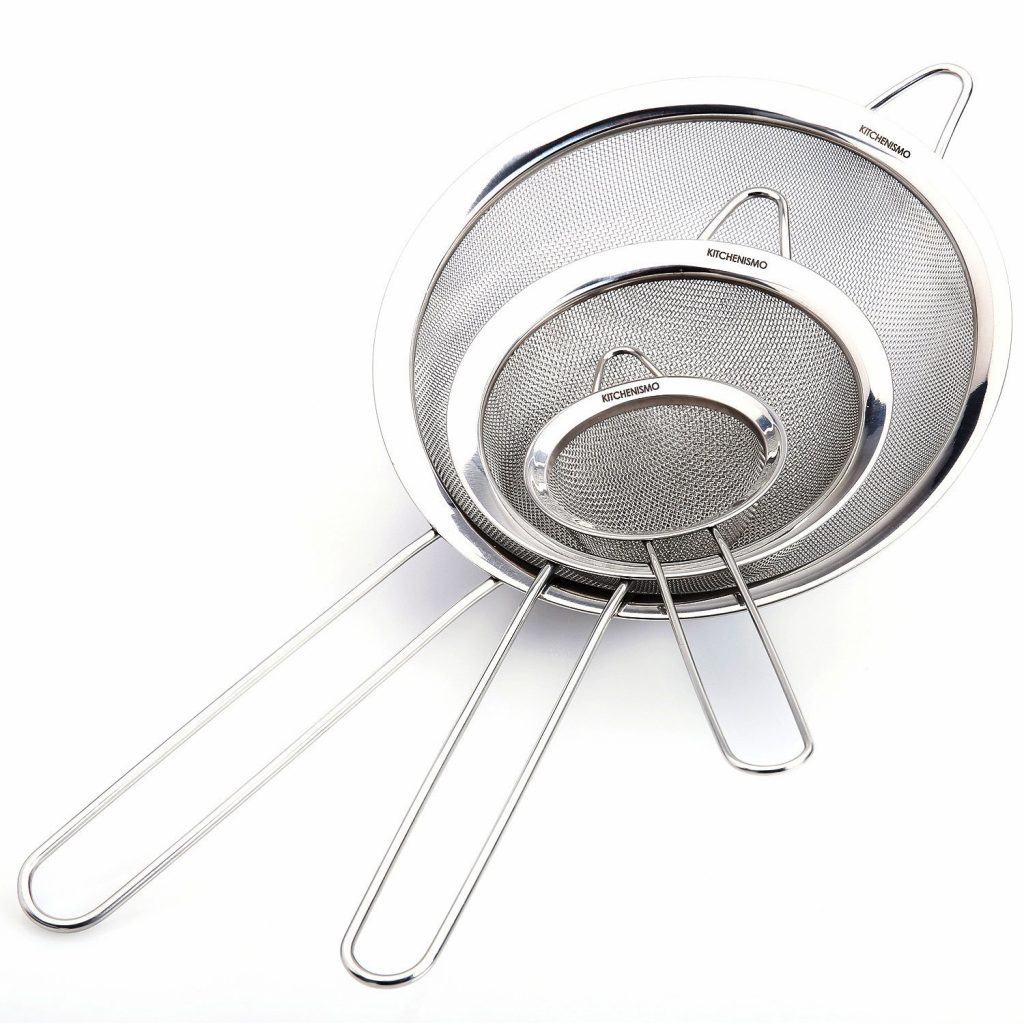
Used for dusting powders over food.
Portable Cutting Boards
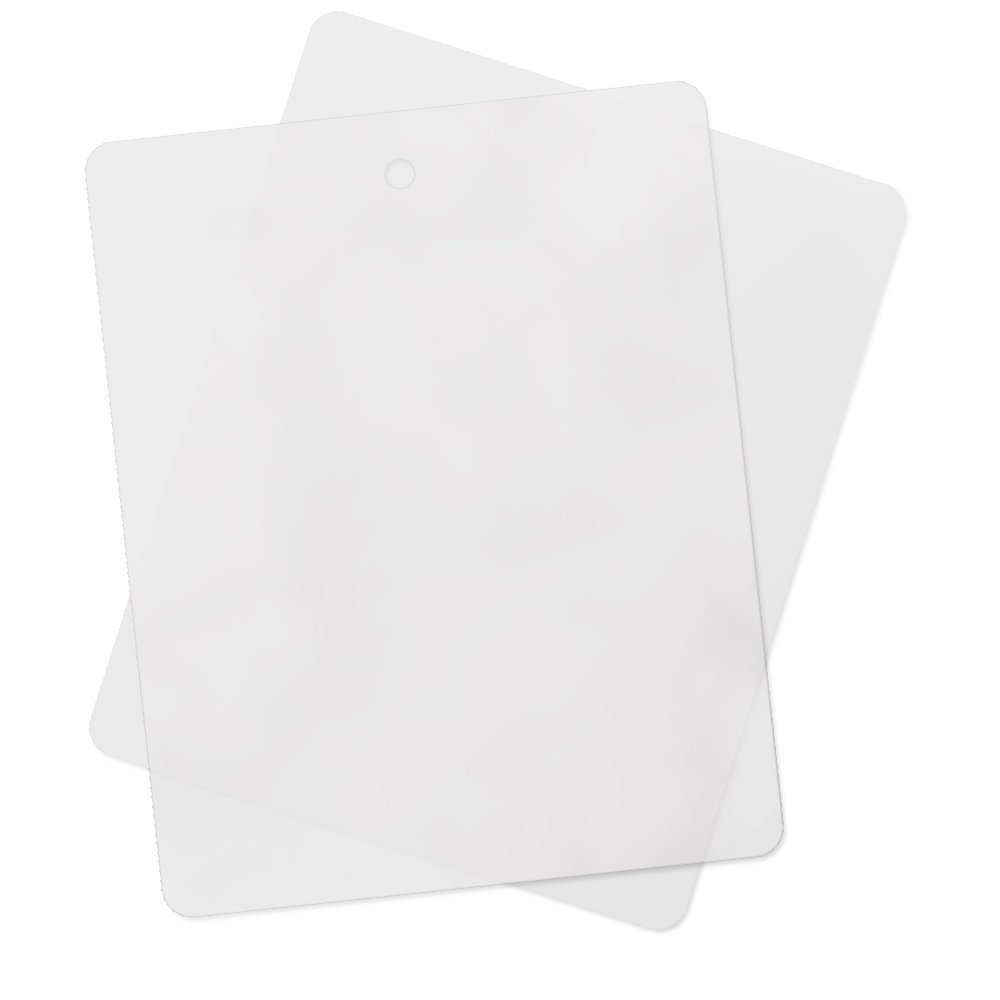
Because chopping and slicing directly on the dressing room make-up table will not make you popular.
Guar Gum
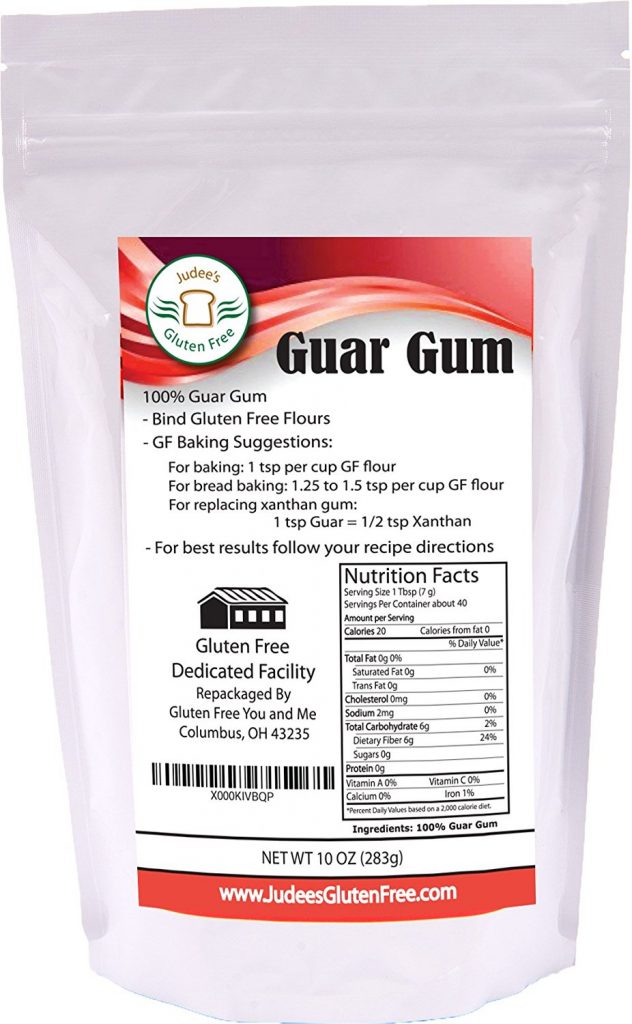
For thickening liquids.
Elmer’s Glue
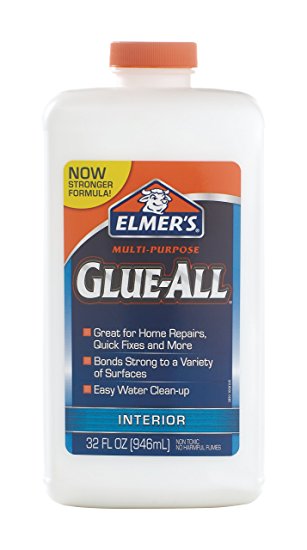
Elmer’s: handy for food styling. And also good for making “slime”, apparently
Also used for thickening liquids, and making small food items stick to the plate or vessel.
Permanent Marker
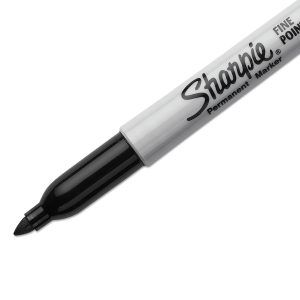
A sharpie or other permanent marker is essential for minor touch-up work.
Paper Towels
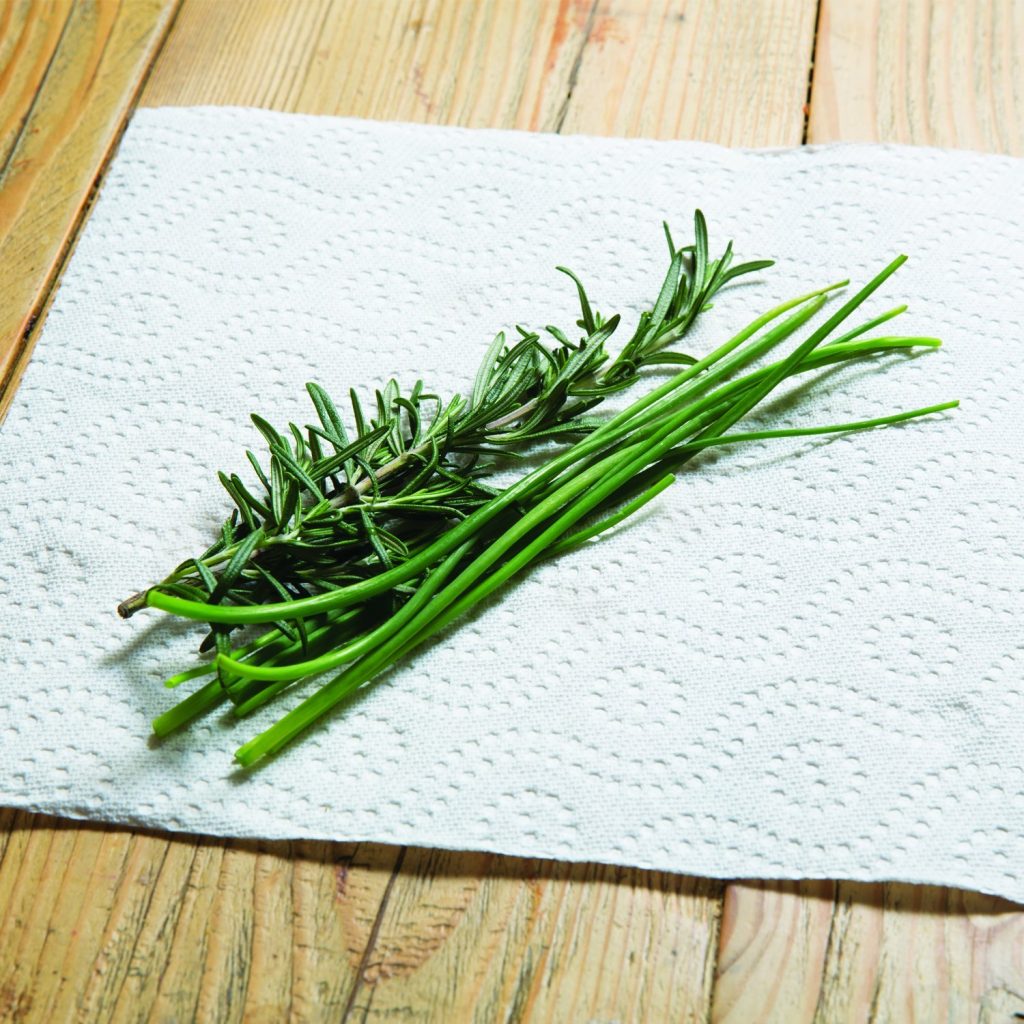
Accidents do happen!
Bags and Boxes
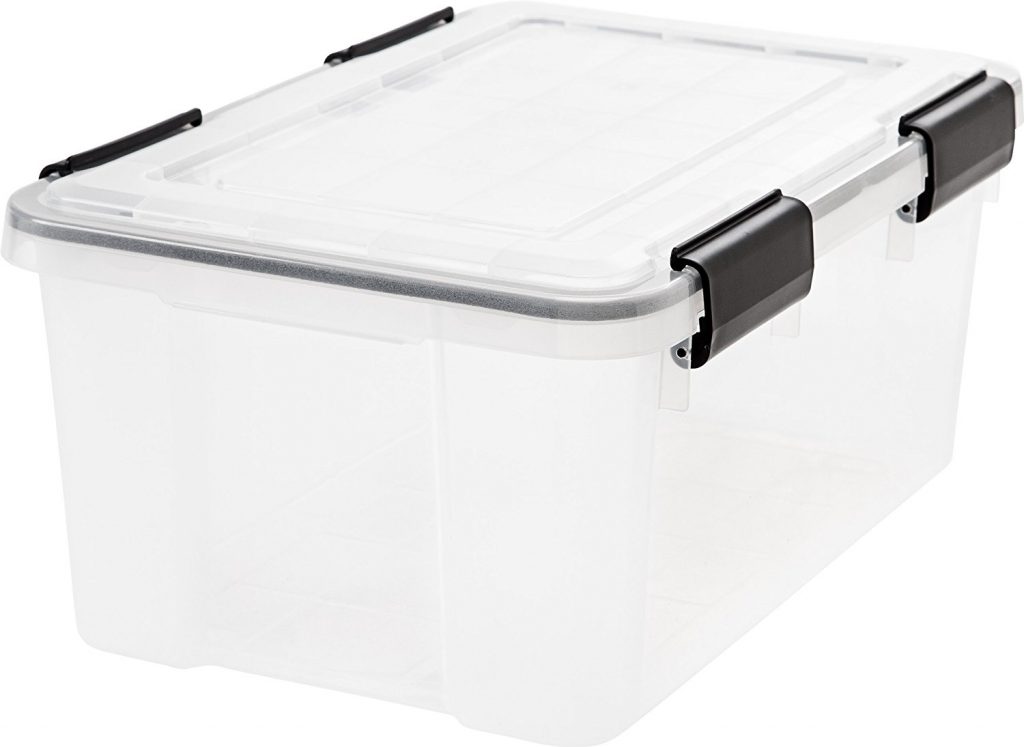
You’re going to need some way of carrying all this stuff, right?
Where to Get Food Styling Equipment
Unlike photographers with their specialized pro-photography equipment, a professional food stylist needs to be creative even when just sourcing their food styling equipment. There’s certainly no dedicated store catering to food stylists (looking on the bright side though, the costs are a hell of a lot lower than for a photographer!).
We found most of this stuff on Amazon, but if you want to save cash you can probably source a lot of your food styling equipment by digging around in thrift stores, asking family and friends, or even looking in your own kitchen or at the back of the garage. It certainly doesn’t make sense to spend money on all new food styling equipment if you have access to some of these items already.
Clearly, though, there are certain items where you shouldn’t cut corners. A good set of knives should be top of any professional food styling equipment list. And good knives cost money. That’s just the way it is (although we can be thankful that at least they don’t cost anywhere near as much as a Hasselblad camera). For items such as these you would be well advised to buy from a serious establishment catering to the professional restaurant trade.
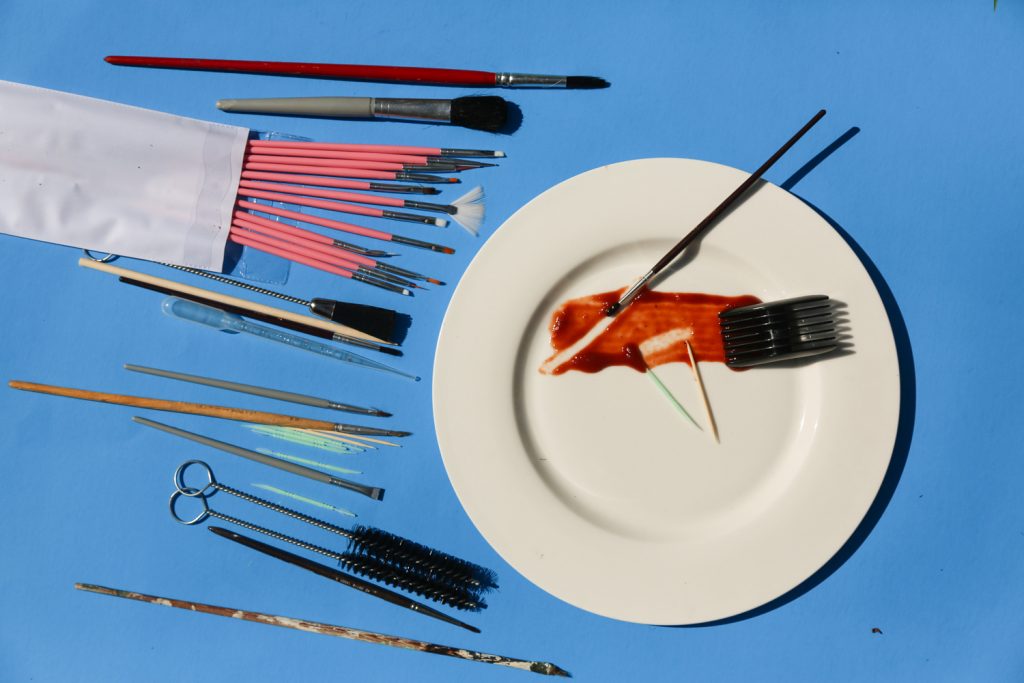
Brushes and toothpicks are among the equipment used by a professional food stylist for touch-up work
Invent Your Own Food Styling Equipment
As you’ll probably have noticed, food styling equipment is mostly an eclectic bunch of gear borrowed from other professions. Sure, knives and chopping boards are standard kitchen fare, but some of the other items would likely raise a few eyebrows among guests if they found this stuff in your kitchen drawers.
Most of the uses and techniques we mention here will be well-known to any professional food stylist and have been developed by different people in the food styling industry over many, many years. It’s worth remembering though that before becoming standard food styling techniques, many of these tricks likely started out as one food stylist’s personal and unconventional innovations.
So, yes, use this food styling equipment list to put together your own box of food styling tricks. But a truly talented professional food stylist will always be on the lookout for new ways to use these tools, and will experiment with new, unconventional ones in order to achieve unique results that set them apart from other food stylists.
Every professional food stylist will compile their own personal food styling equipment list, and develop novel techniques through inventive trial-and-error. You should too!
Do you have a favorite item of food styling equipment? Want to share your food styling tips and tricks with other readers? We’d love to hear from you in the comments below!
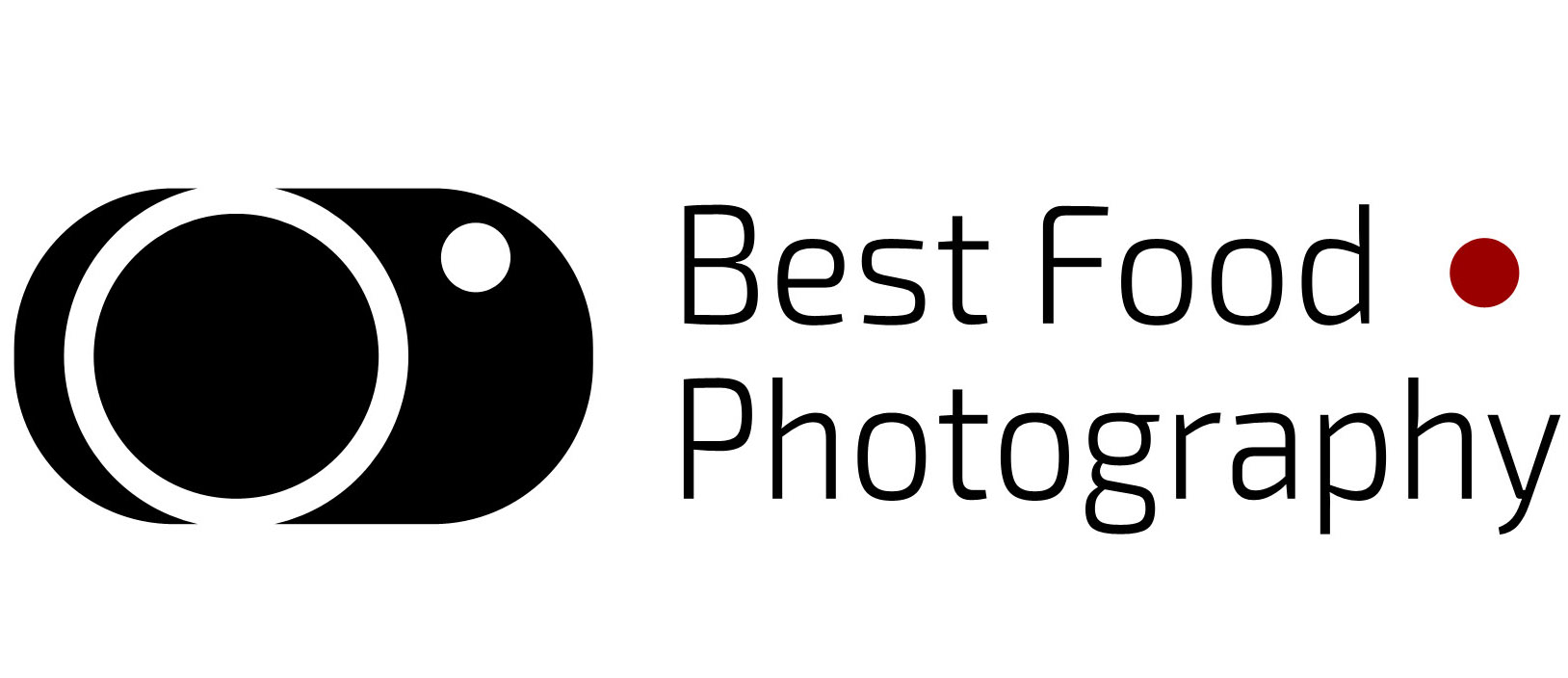
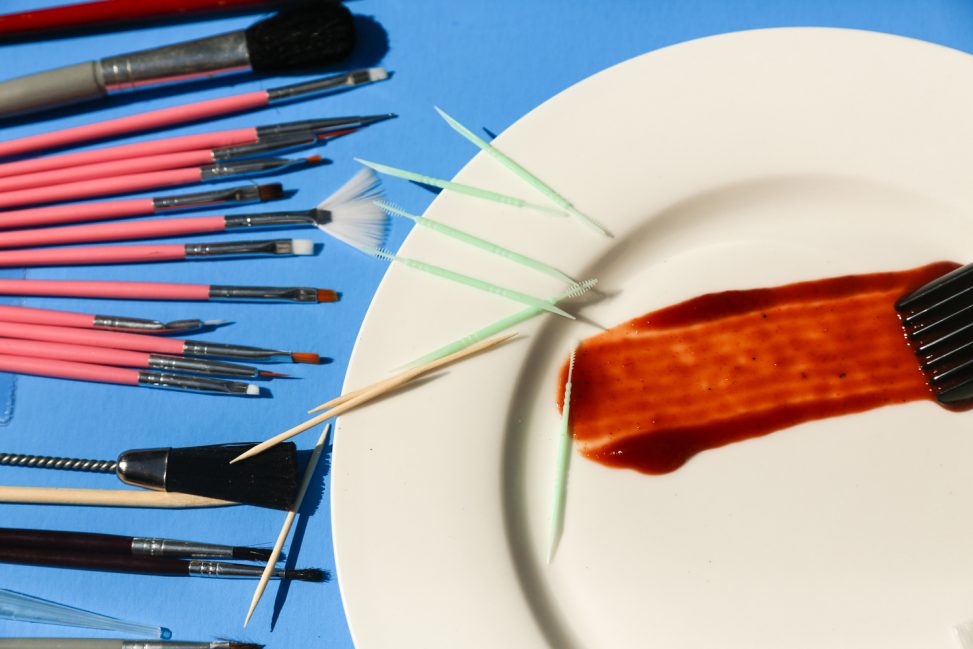
0 Comments
1 Pingback